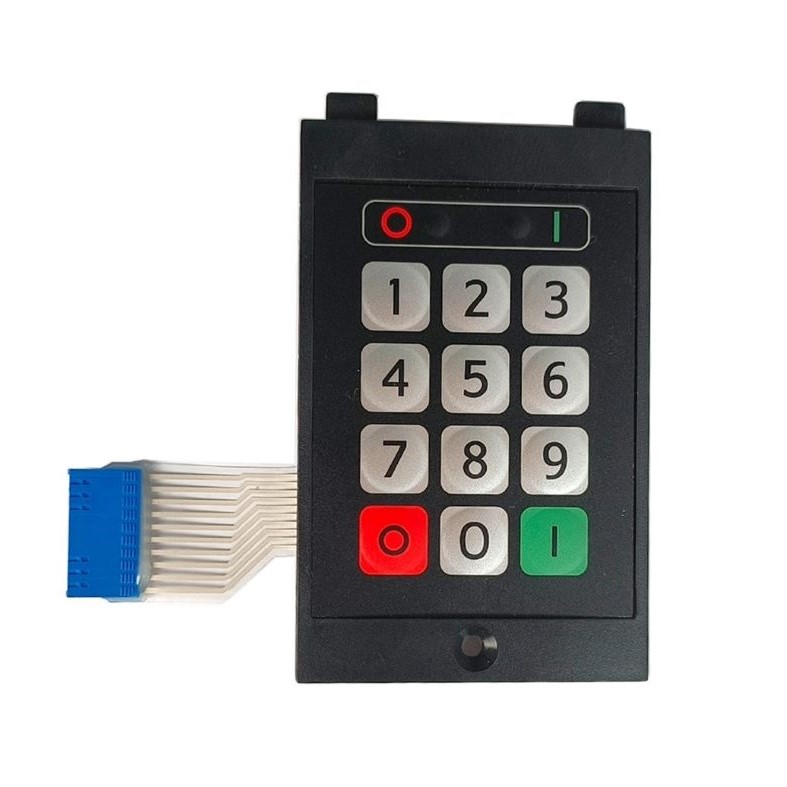Membrane switches are crucial components that directly influence a device's functionality. In special environments, thoughtful design considerations are essential to prevent issues and ensure durability.
It's not that membrane switches can't withstand harsh conditions, but unprofessional manufacturers often lack the necessary technical expertise.
This is where Singway excels. All Singway products come with a 10-year guarantee, providing you with confidence and peace of mind.
Limitations of Conventional Membrane Switch Technology
Membrane switches consist of multiple layers, each serving a distinct purpose. The top panel, while offering some protection to the underlying circuit, can struggle in challenging conditions. Similarly, pressure-sensitive adhesives provide limited sealing capabilities but may fail to protect against truly harsh environments.
Several environmental factors can pose potential risks to membrane switches, including:
- Liquid Exposure: From sprays and droplets to complete immersion.
- Dust and Debris: Particularly problematic for outdoor equipment.
- Corrosive Solutions: Such as certain cleaning agents or chemicals.
- Extreme Humidity
- Extreme Temperatures: Ranging from highs of 100°C to lows of -40°C.
- High Atmospheric Pressure
These factors can temporarily impair a device's functionality, and while some issues may be resolved by addressing the conditions, repeated or prolonged exposure can cause irreversible damage to the membrane switch.

Common Failures of Membrane Switches in Harsh Conditions
Membrane switches can experience various issues when exposed to harsh environments. For example, certain cleaning solutions can damage the top graphic layer, and immersion in water or corrosive liquids can lead to discoloration and degradation of pressure-sensitive adhesives. This can create gaps, allowing dust and water to reach and damage critical circuit components.
Other issues include water vapor transmission, electrostatic discharge, and even environmental pressure changes at higher altitudes. Over time, repeated exposure to adverse conditions can result in equipment failure and reduced functionality, posing significant concerns for both manufacturers and end-users.
The Key to Membrane Switch Design: Choosing the Right Materials and Processes
Singway has over a decade of experience in membrane switch technology, addressing complex challenges such as waterproofing and dustproofing. While conventional membrane switches can achieve an IP65 rating, more demanding environments—like long-term outdoor exposure, coastal areas, or underwater applications—require higher standards in materials, processes, and assembly.
Singway’s dust-free bonding technology enables products to reach an IP69 rating, even in the absence of a waterproof frame, meeting the highest environmental demands.
For example, in the medical industry, where device failure is unacceptable, membrane switches must be zero-defect. Hospitals and clinics use harsh cleaning agents to sterilize equipment, and Singway’s antimicrobial membrane switch technology is designed to withstand frequent exposure to these chemicals while preventing mold, bacteria, and mildew.
Conclusion
The demand for durable and reliable membrane switches in challenging environments is common. Modern membrane switch technology has evolved to meet these needs, offering rugged, long-lasting solutions. By understanding the specific hazards your product may encounter, Singway can recommend the most durable components and materials, ensuring your product’s quality for years to come.
Choosing Singway means choosing peace of mind!
